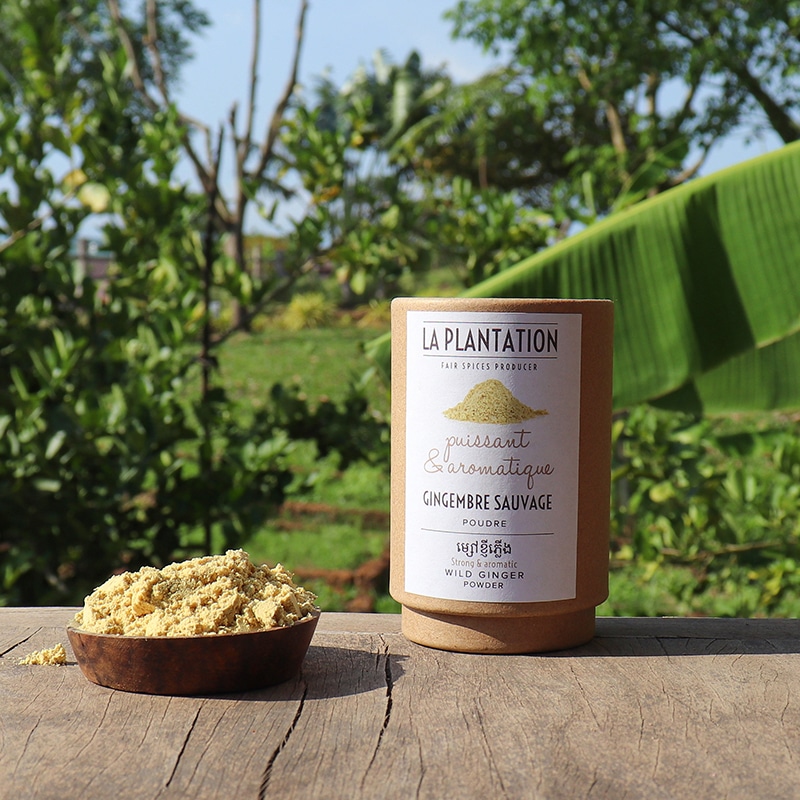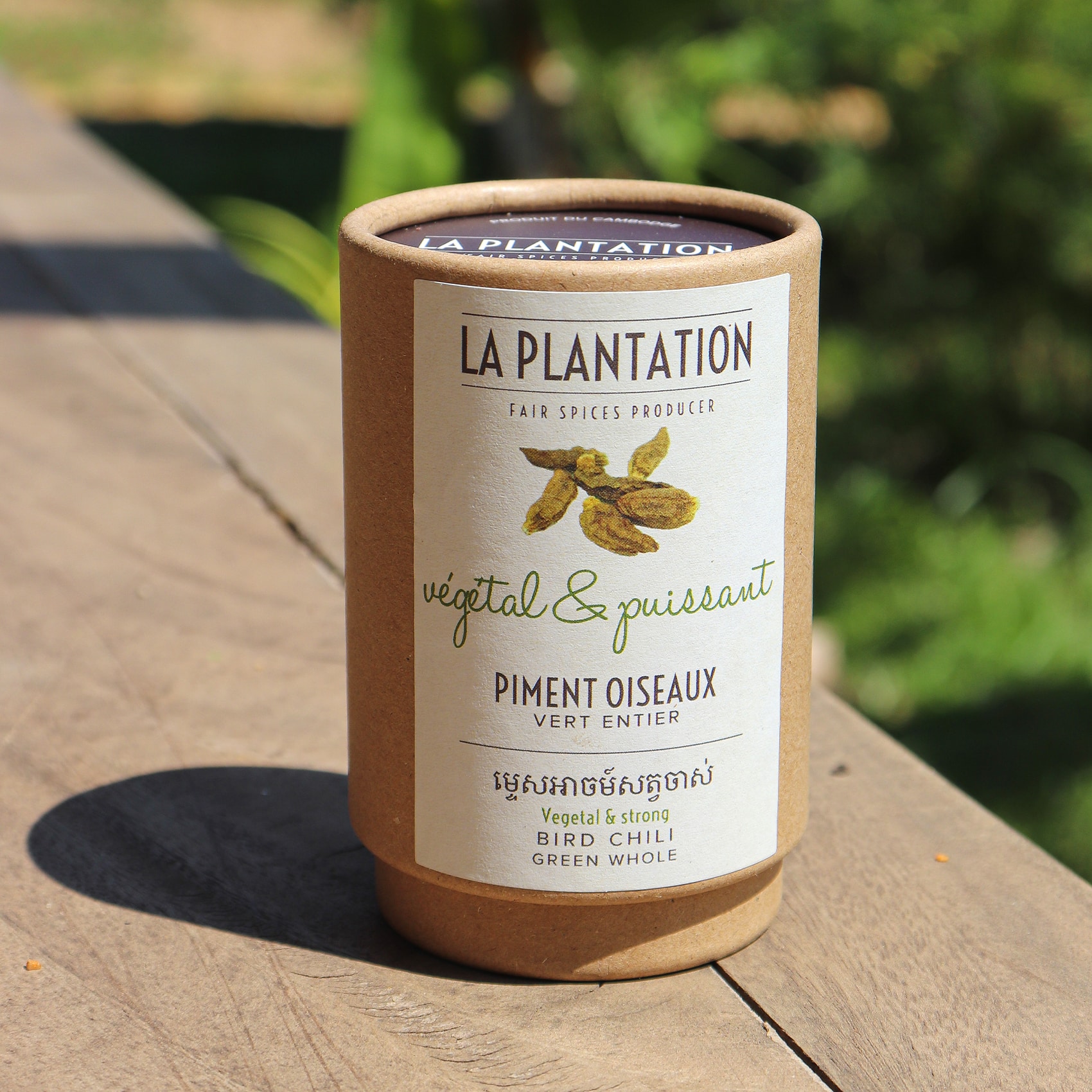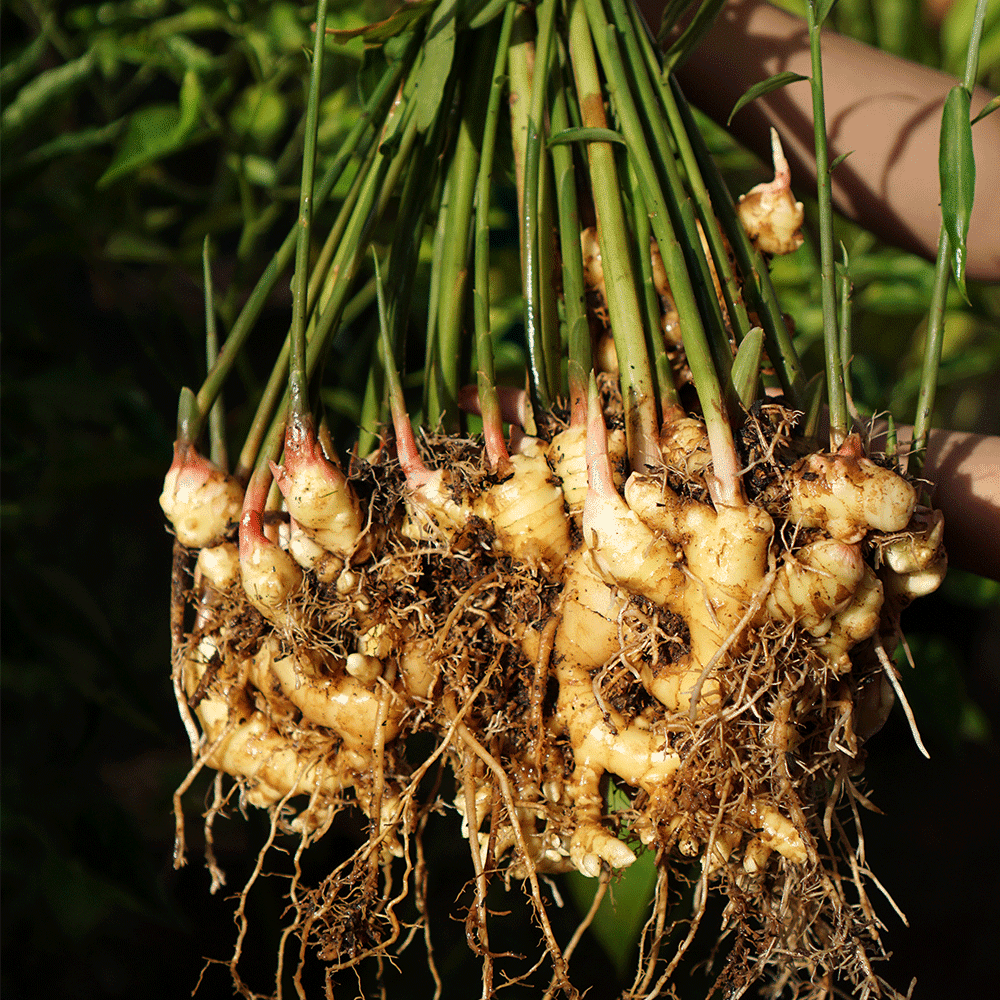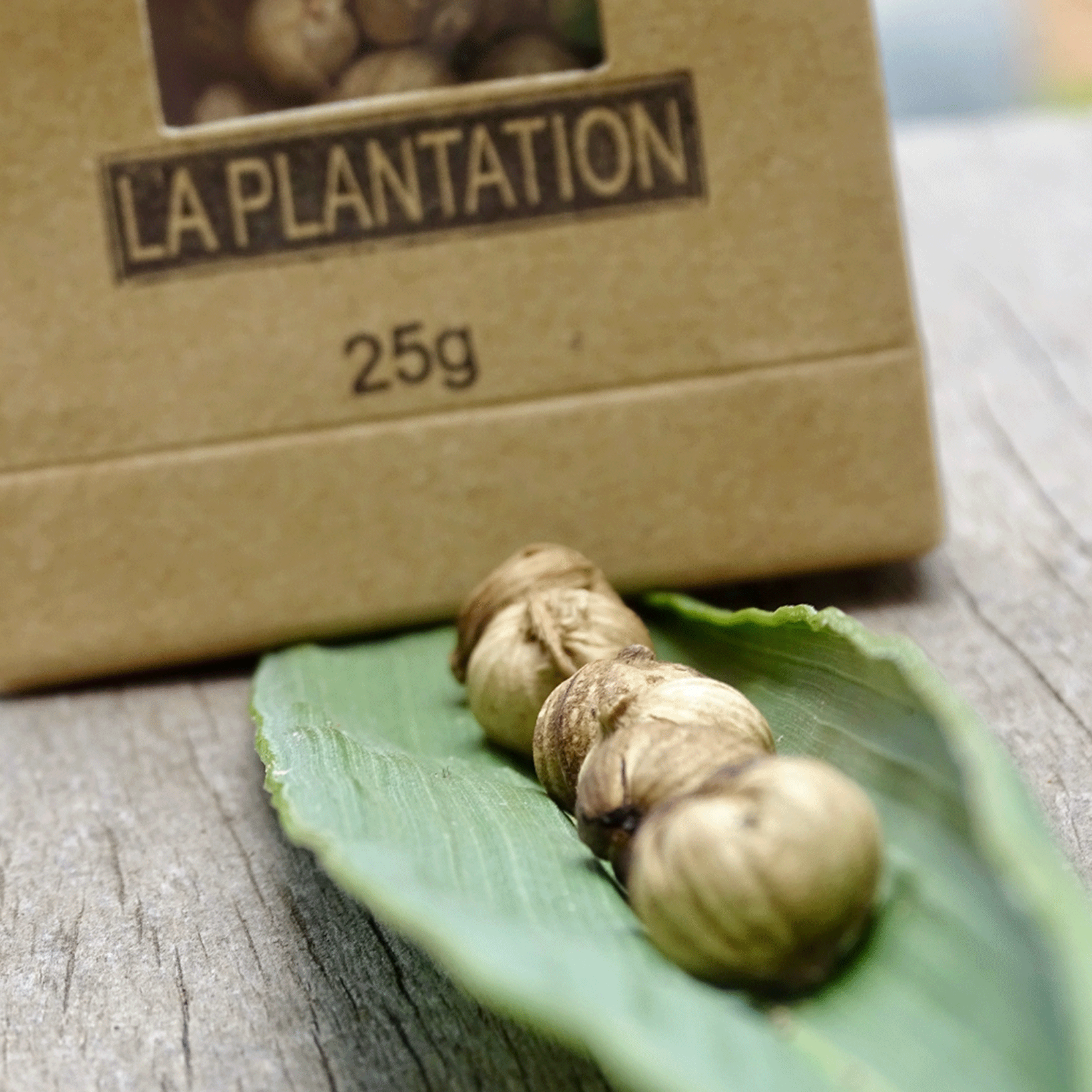
What is a wild spice? We tell you more about it
La Plantation’s project began 11 years ago on our untouched plot of land in the Kampot region, overlooking the secret lake. After years of cultivating Kampot pepper, followed by other species such as lemongrass, turmeric, chili peppers, as well as numerous fruits and vegetables to promote permaculture, we became interested in a whole new playground in the world of spices: wild spices! Today we present to you this new quest for unique flavors.
What is the difference between wild spices and cultivated spices?
Unlike grown spices, which are planted and harvested according to the seasons in a given plot of land, wild spices grow naturally in forests, wild fields, or woods: uncultivated land where these plants grow freely. Foraging was indeed the first way humans sought food, in addition to hunting, hence the famous name “hunter-gatherer.” While it is now a rarer practice for Europeans to go foraging for wild plants, we still think of mushrooms we gather in autumn or red berries we pick in summer strolls. For spices, it’s the same principle; you just have to go in search of berries, flowers, roots, or leaves depending on the terroir and ancestral knowledge of wild spices, a knowledge still widely spread in Cambodia, and which we wish to contribute to by sharing and supporting these ancient practices for current and future generations.
What is the history of wild spices?
The unexploited forests of Cambodia are full of endemic plants and roots that grow wild there. Stemming from ancestral knowledge acquired and used for Chinese or Ayurvedic medicines, Cambodians have been using the virtues of these wild plants for centuries, a knowledge passed down orally from generation to generation. The rural and still protected regions of the various provinces offer specific climatic conditions for endemic plants that we will introduce you to.
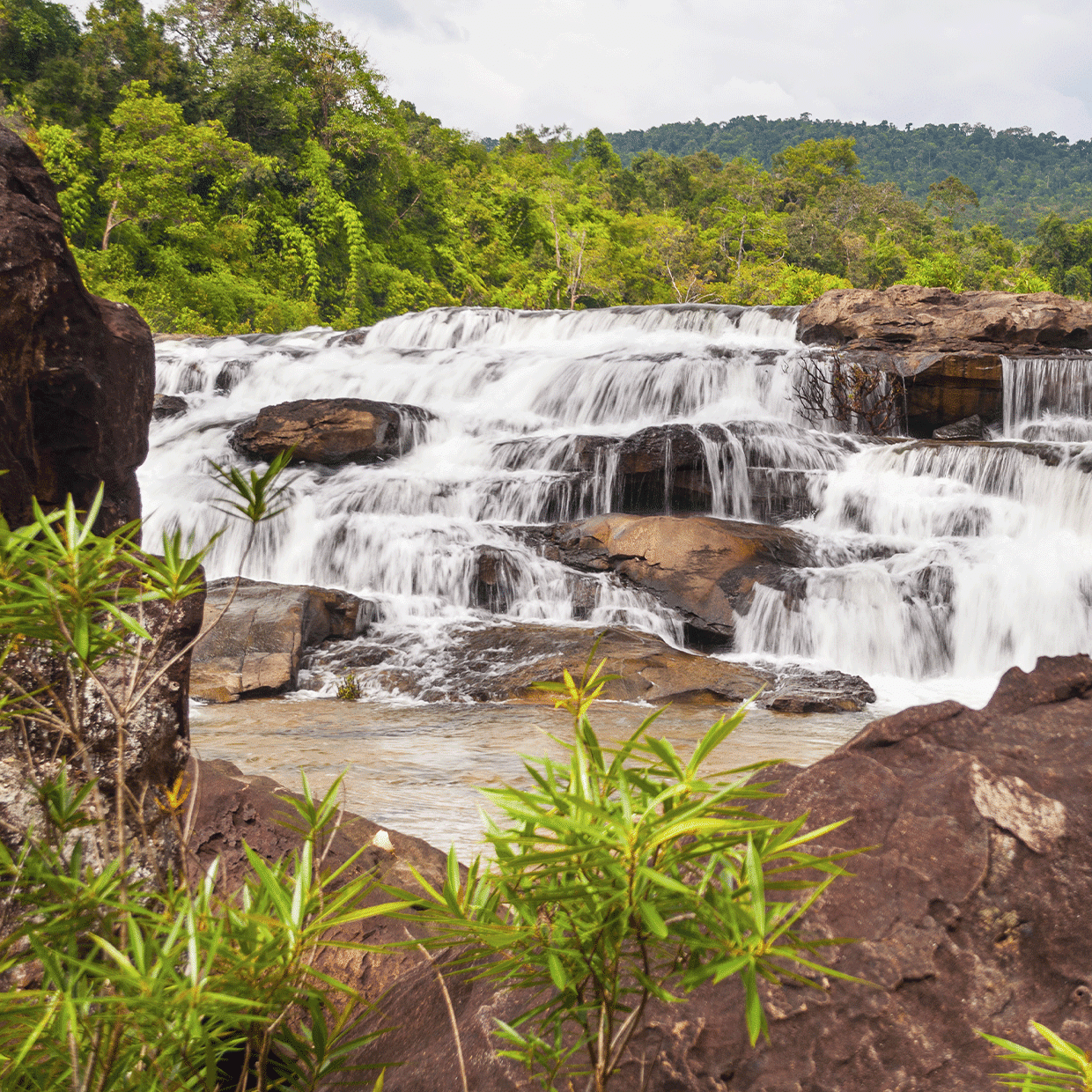
Where to find wild spices in Cambodia?
From the Preah Vihear region in the north, to the Cardamom Mountains in the west, and the Kampot region in the south, wild spices are found in all corners of the country and are part of Cambodia’s terroirs.
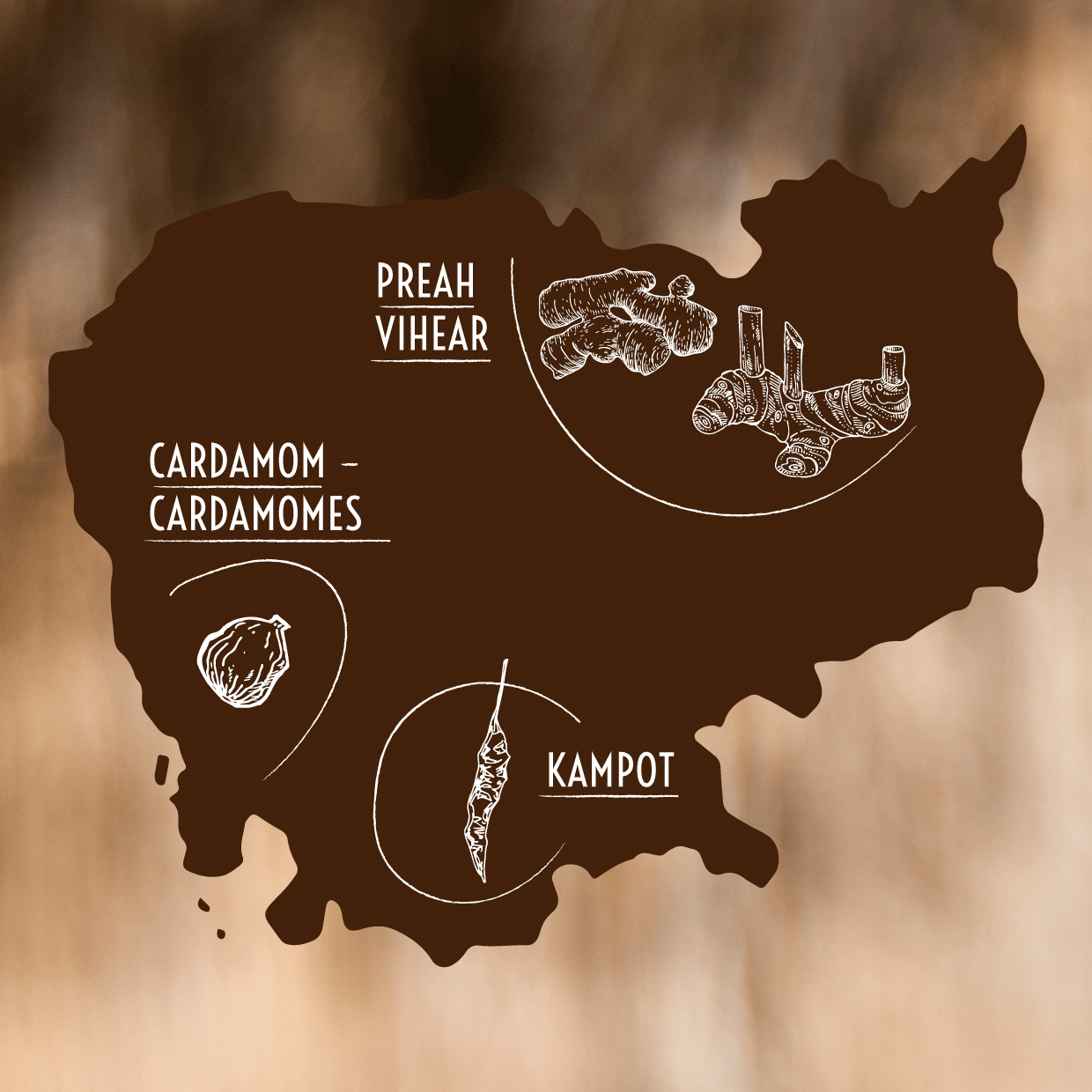
How did we discover these wild spices?
We have brought together over a hundred family farms, in the form of a cooperative managed by La Plantation. These farms, located in several regions of Cambodia, cultivate plants, peppers, or roots for us, which we process on the day of their harvest. Through visits to their farms and regions, we exchange with them to discover the endemic and wild plants that grow in the surrounding forests of their region, all offering unique aromas and flavors.
What kind of wild spices do we have?
Our first search for wild spice focused on the Cardamom Mountains. The origin of this name led us to inquire with the locals, and we discovered two endemic varieties of wild cardamom, which only grow in this region and are very different from other, better-known species.
We also went in search of wild roots, such as Ginger and Galangal, which are truly exceptional products.
Finally, our bird chili has a very particular story, from the forests of Kampot, to our Farm.
Cardamoms picked in the wild and in the forest
It is important to know that only a few people have an ancestral “right” to roam the primary forests and go in search of this spice. During our discovery of this magnificent region of Cambodia, we were able to enter the dense forest with the foragers. After a long walk, we found this succulent plant that reveals at its base a cluster of flowers, which will turn into fruits as the season progresses.
During the rainy season in Cambodia, in June and July, the foragers thus go on expeditions into the forest for several days to pick these fruit clusters when they are ripe. In the village, they shell each cardamom fruit, leaving their shell, and then dry them by smoking, which gives them that slightly smoky touch once dry.
The appearance of the Cambodian forest cardamom
This wild cardamom does not have the same appearance as the better-known green cardamom from Guatemala. White and round, it reveals exceptional mentholated and camphor aromas. To use it, simply shell a cardamom fruit and use the inner seed.
How to use this variety of cardamom in cooking?
You can put it whole in an infusion, a broth, a cocktail, a marinade, bite into it like a mint candy, or enjoy it with coffee as in the Middle East. You can also separate it into small pieces and grind it using a mortar and pestle or a pepper mill. The wild cardamom powder can then be sprinkled on a fruit salad or in a crème brûlée.
The forest cardamom, from the Cardamom Mountains
These foragers from the Cardamom Mountains also introduced us to another variety of cardamom that grows wild in the forest. Its shape is a bit different, rather oval in a shell studded with small prickles. We called it forest cardamom. Its picking and drying are similar to wild cardamom. The forest cardamom is shelled and selected by hand. The packet thus contains only the seed ready to be used in cooking or infusion.
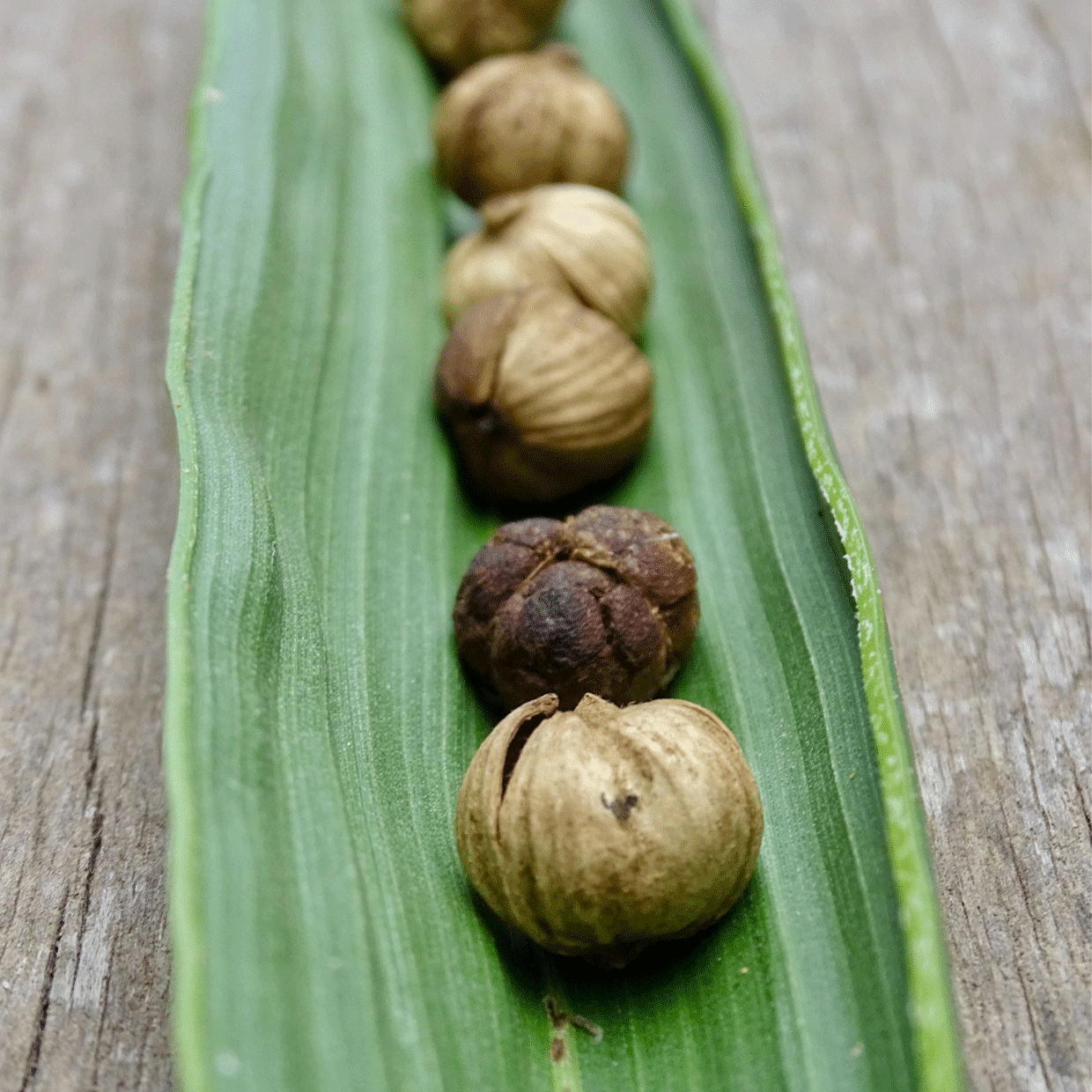
Wild Ginger and Galangal from the Preah Vihear region
Ginger and Galangal roots have been cultivated for a long time in Cambodia and used daily by Cambodian cooks, in soups, curries, and other regional Khmer specialties like Amok or Kroeun.
But there are still, in the forests of the Preah Vihear Province, gatherers of wild Ginger and Galangal roots. We are fortunate to be on-site and have access to these roots which develop even more intense aromas than the versions cultivated in fields.
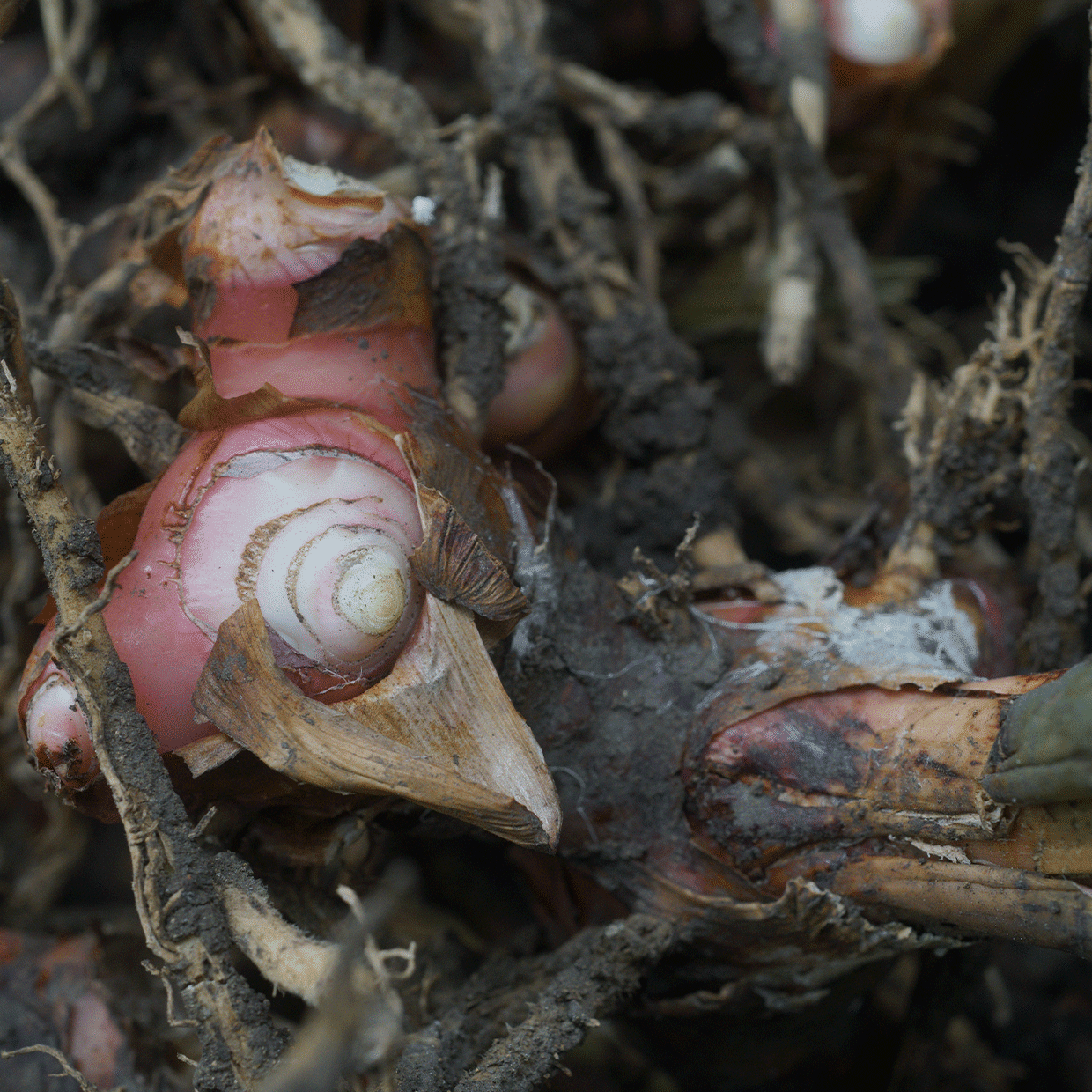
Harvesting bird’s eye chillies
While this species of chili peppers is now cultivated on our Kampot Farm, a few years ago, we went in search of this rare chili pepper that was no longer cultivated and existed only in the wild! Found in the surrounding forests of our plantation, these precious Bird’s Eye Chili seeds were thus reintroduced to cultivation. The Bird’s Eye Chili is intensely spicy, but on the nose, it develops surprising sweet and chocolatey notes. An exceptional product, of an intense red color, and offered in whole form. To use it, simply cut it into small pieces or put it in a chili pepper mill.
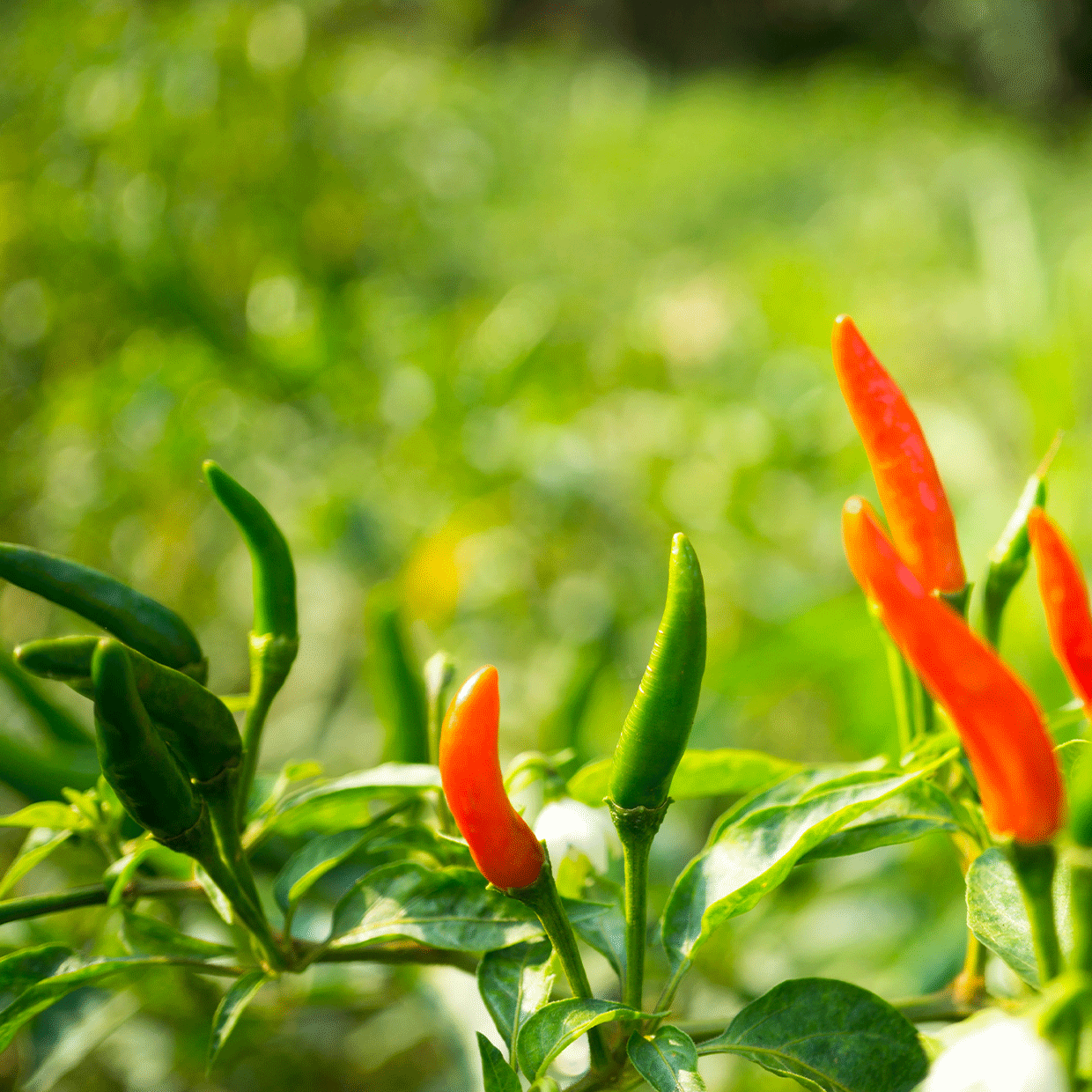
New varieties of wild spices to discover?
We have discovered many other roots and wild plants in the country, but it is often difficult to associate them with a botanical name and thus be able to propose them. Villagers have shown us roots of all shapes and colors, which traditional doctors use in potions to treat ailments. Shamans have taken us through fields in search of plants, explaining the benefits of each one.
Other species are yet to be discovered in the years to come.
